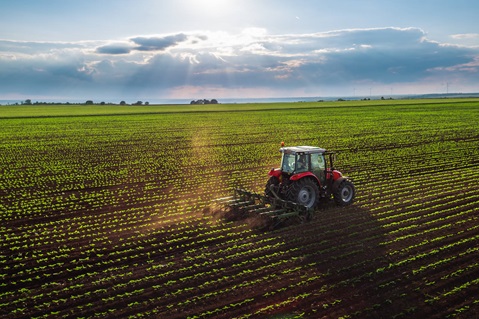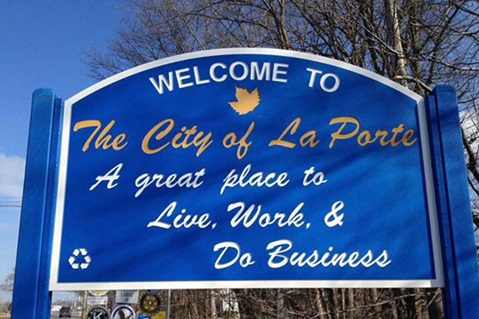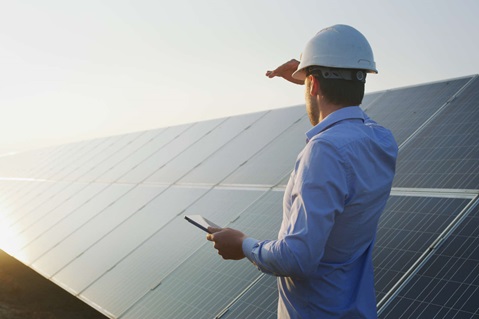Bluestem Solar will use silicon-based PV panels, which are made of safe, solid-state, well-tested materials commonly used in building and household products. To maximize solar energy production and use the project land as efficiently as possible, Bluestem Solar will have bifacial solar panels (silicon on both sides of the panel to capture extra sunlight) and the panels will be mounted to a tracking system that follows the sun from east to west during the day. The panels are fully sealed and extremely durable, preventing trace metals from escaping into the surrounding soil. PV solar panels are so safe that millions of families across the U.S. have put solar panels on their homes and literally sleep beneath them.
The battery energy storage system will be made up of container-style cabinets that hold racks of battery modules. Batteries help stabilize the electric grid, by charging up from the grid during periods of excess electricity production (for example, when the weather is extra sunny) and discharging to the grid during periods of electricity demand (for example, during peak demand). While the solar and BESS components of the Bluestem project are separate, they both help improve performance of the electric grid for LaPorte residents and Hoosiers across the state of Indiana. RWE has been coordinating with Kankakee, Pleasant, and Lincoln fire departments to review the Bluestem Solar Farm Emergency Response Plan and provide training to the fire departments on how to respond in the event of an emergency at the facility.
RWE’s advanced remote operations center will monitor the panels 24/7, 365 days a year, while the onsite operations team will be available to respond in the unlikely event of an emergency.
At the end of Bluestem’s useful life, equipment will be removed, and the land will be returned to its original agricultural use.
RWE will plant a seed mix of native, pollinator-friendly grasses, which will stabilize soil and improve environmental diversity during the project lifetime.







